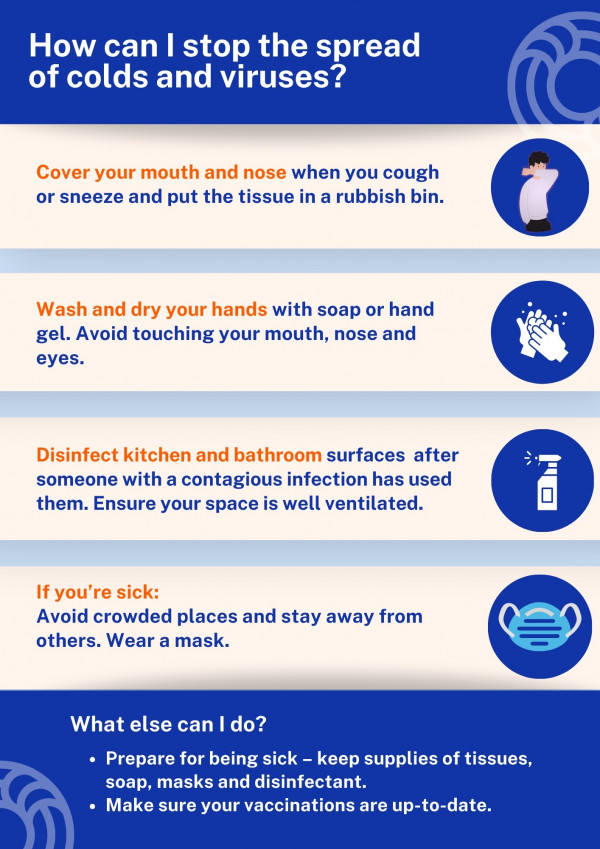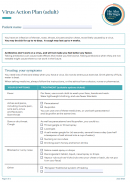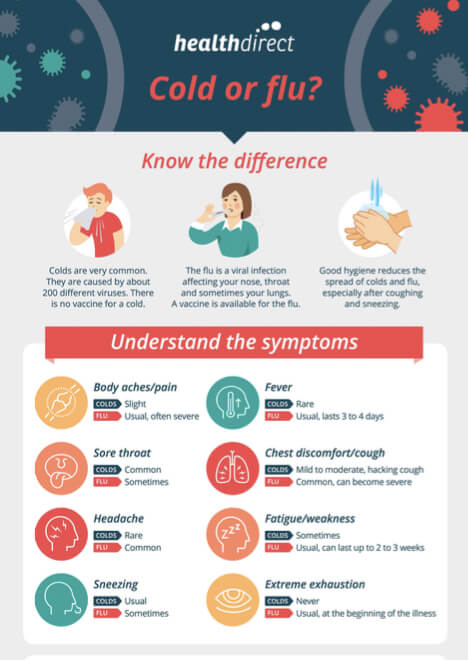The best way to treat a cold is to rest and drink plenty of fluid, such as water. You can also gargle salt water, sip lemon drinks or inhale steam. However, there are potential risks associated with carrying around and breathing in steam from boiling water. It's better to sit in the bathroom (outside the shower) with the shower running hot water to create steam. Read more about steam inhalation and other ways to manage a blocked nose.
There are no medicines that cure a cold. Because colds are caused by viruses, antibiotics won't help, as they kill bacteria not viruses. Taking antibiotics when you don’t need them is bad for you and causes antibiotic resistance. However, you may feel better with medicines such as painkillers, nose drops or sprays, throat lozenges and decongestants. Talk to your healthcare provider if you have questions before taking medicines to help with the symptoms of cold.
The image below shows about how long cold symptoms have been found to last in children.
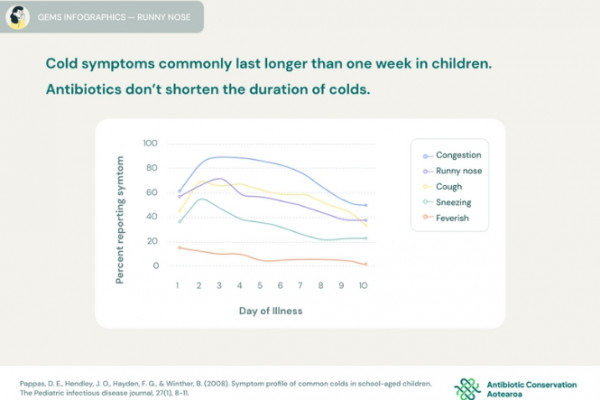
Image credit: Antibiotic Conservation Aotearoa


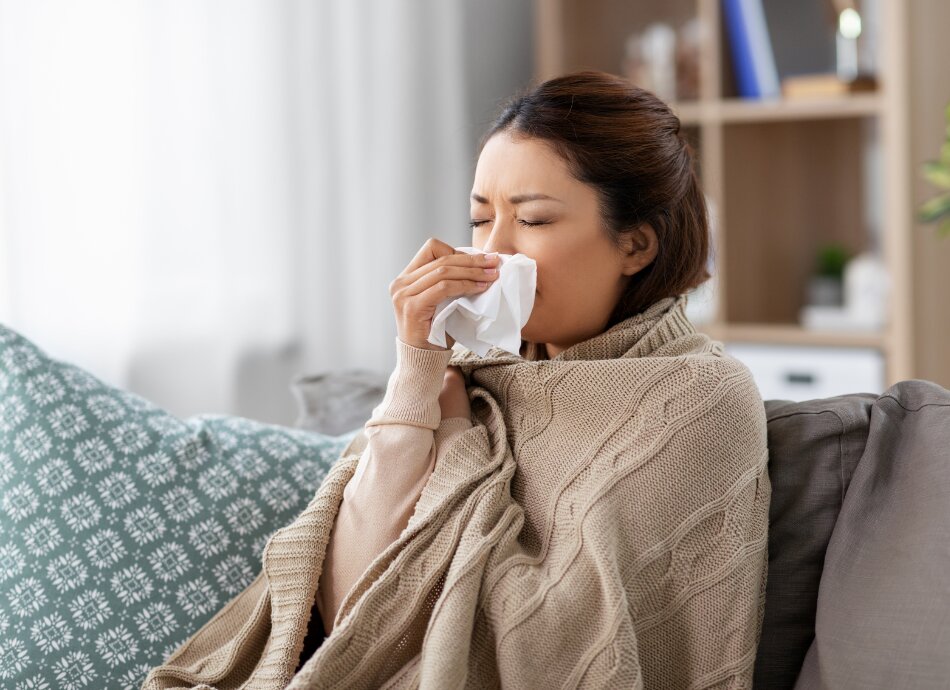

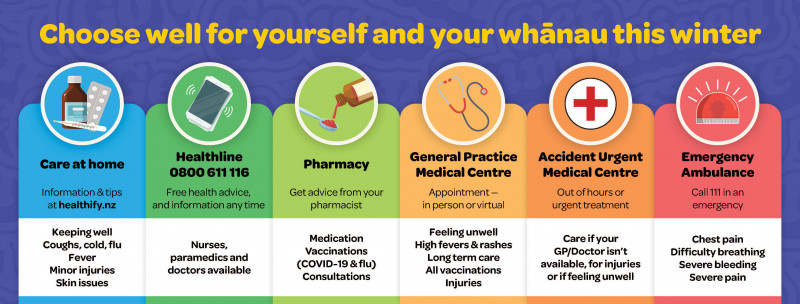 Image credit: Health New Zealand | Te Whatu Ora
Image credit: Health New Zealand | Te Whatu Ora